Note:
Musa Mowahid is one of the young and hardworking Afghan painters who has been working as a painter for 10 years. He was enrolled in Qala e Ulia primary school of Aulangqul of Lalwasarjangal district of Ghor province. He was enrolled in the Journalism Faculty of Herat University in 2007. As Mowahid was very interested in painting, he mainly focused on the painting during his school and university time. He paints in the realism and hyperrealism styles of art. “My biggest wishes are to live in peace and silence.” He said. He wishes to live in peace and paints in silence.
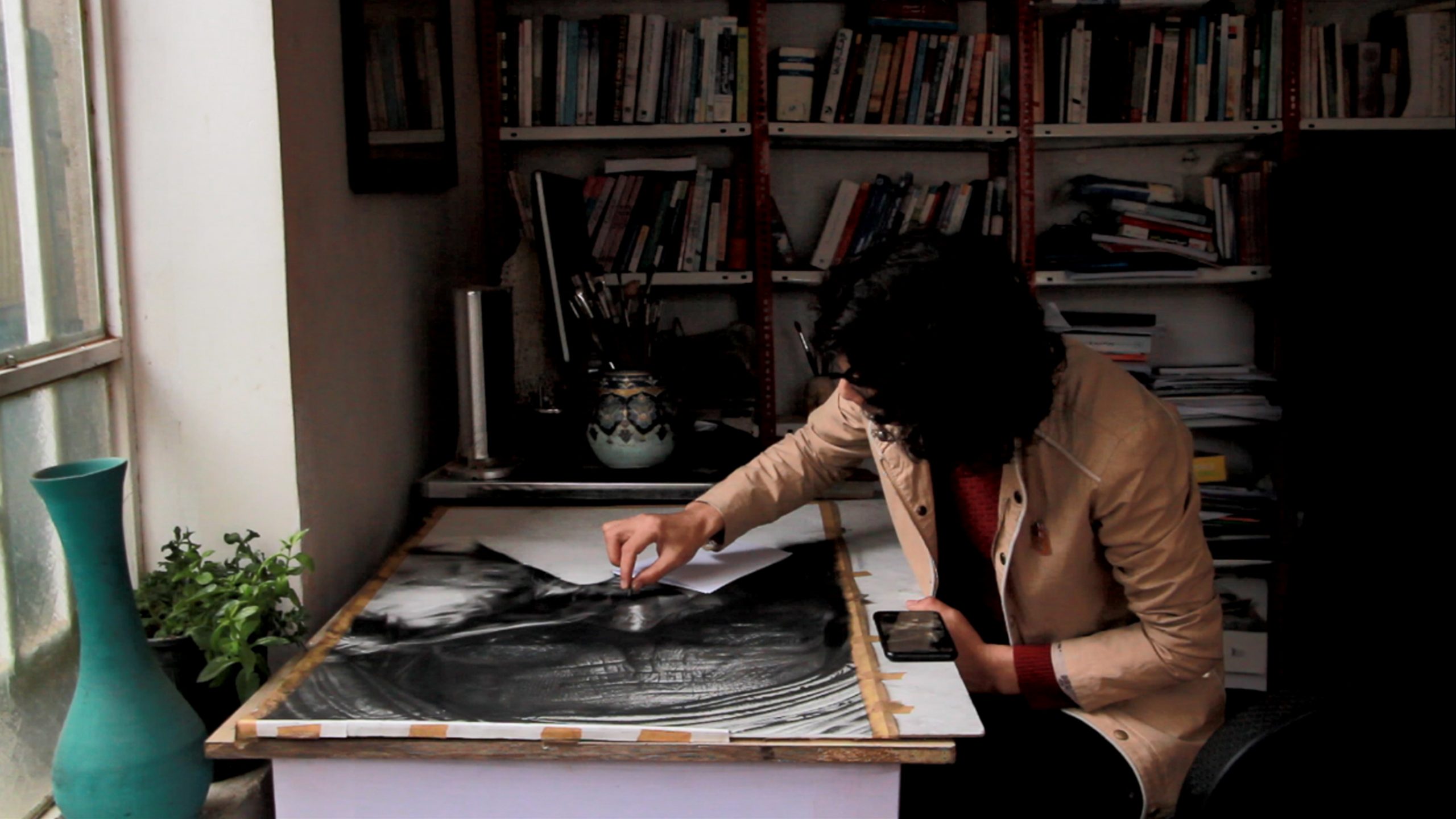 Jade-Abresham Weekly(Silk Way): Thank you for giving us your precious time to have an interview with the Jade Abresham Weekly (JAW) giving an opportunity to the (JAW)readers to know one of the most successful and young painters of Afghanistan.
Jade-Abresham Weekly(Silk Way): Thank you for giving us your precious time to have an interview with the Jade Abresham Weekly (JAW) giving an opportunity to the (JAW)readers to know one of the most successful and young painters of Afghanistan.
Q: Where were you born?
A: I was born in the central highlands, in Ghor province.
JAW: How long did you spent in your colorful village and what did you use to do?
A: I was in my village for 13 years. I attended the primary school in my village, it was far from our house and I used to walk for two hours to get to the school. I used to pass several hills to reach there.
JAW: What were you more interested in, when you were in the village?
A: I was a dreamer child. Contrary to the simple life in the village, I had complicated thoughts and dreams. I loved the champion I sued to make of myself. As far as I remember, my hands were always busy; I painted on the boards, papers, sands, and anything available.
JAW: What was the name of your village?
A: Cheshme Siah.
JAW: Who was your best friend during your childhood and where is he/she now?
A: had many friends and playmates and I don’t know who was closer to me. Currently, they are in different parts of Afghanistan.
JAW: When you were enrolled in school and which school?
I was enrolled in Uliaaulang primary school in 2005.
JAW: What school subjects did you like most?
 A: I nearly liked all school subjects, except mathematics, which was my arch-enemy but could not escape it. But I love school period.
A: I nearly liked all school subjects, except mathematics, which was my arch-enemy but could not escape it. But I love school period.
JAW: Who was your best friend during school time? Where are they now?
A: Abbass and Amin were. Abbass loved Nietzsche’s works and loved reading philosophy and sociology books. He was studying sociology, but before completing it, the Republic fell and he went to Iran and stayed there. Amin was present to answer and funny. He studied public relations and then married.
JAW: When you were enrolled in the university and why were you interested in Arts?
A: I was enrolled in the faculty of Journalism of Herat university in 2017. As I was interested in arts from my childhood. My school and university time has passed with focusing on painting and drawing. I do not know why I have been interested in Arts. But, I think it is an intrinsic sense and we are attracted by it.
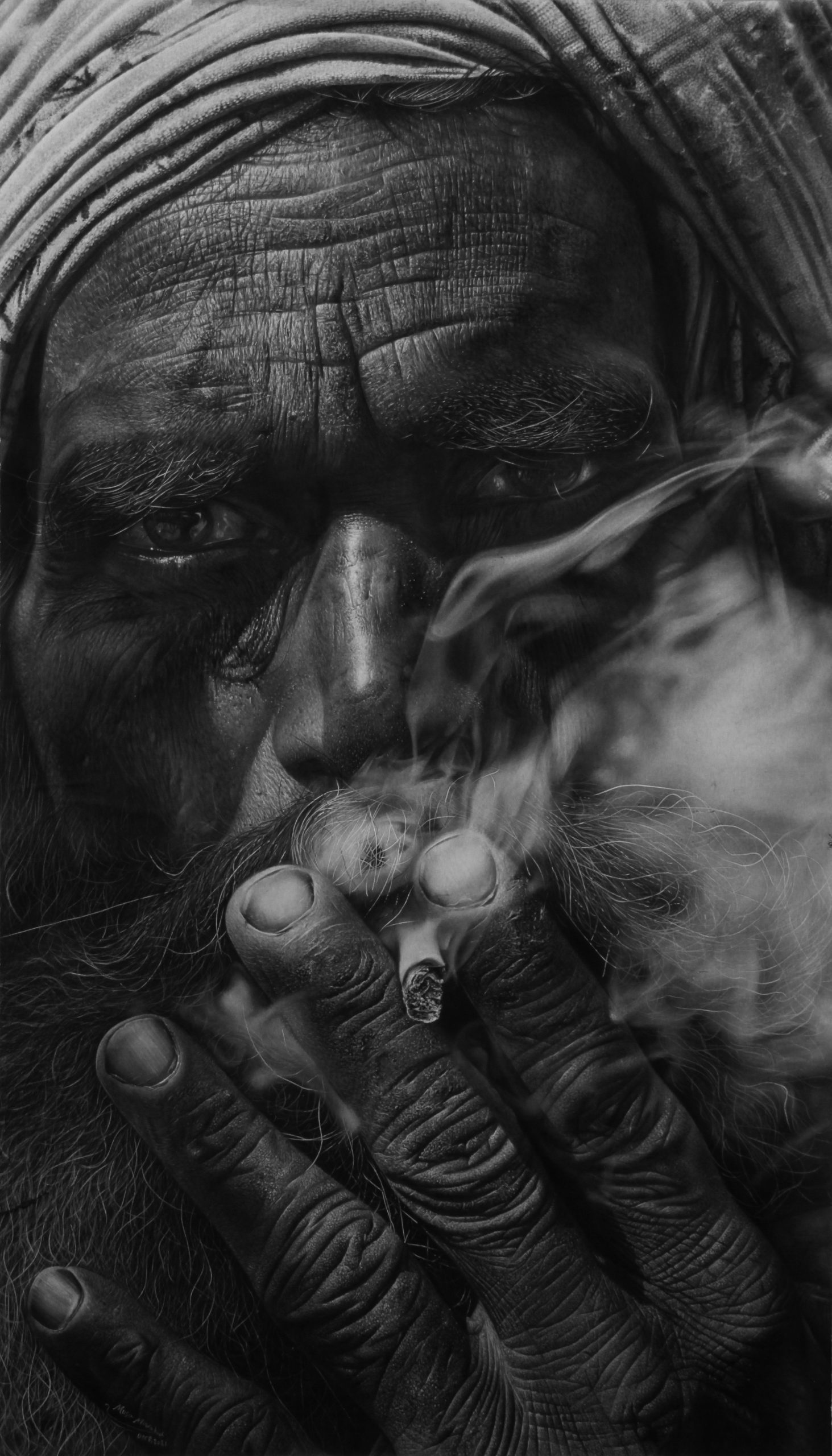 JAW: How long have you worked as a painter?
JAW: How long have you worked as a painter?
A: Maybe 10 years. But there have been times that I have stopped working as a painter and then have resumed it due to the unprecedented conditions and instability of the country.
Jaw: How were you interested in Arts?
A: Because I need no one to create an artwork. It gives a wonderful feeling. Further, Art is a universal language and enables me to express my thoughts, concerns, and feelings to everyone.
JAW: What styles of art do you use in your paintings?
A: I have used realism and the hyperrealism styles of art so far.
Jaw: How many art-painting works have you produced? What have been their subjects?
A: I don’t remember the exact number; I have sold some of them and some others are not in access, but 30 works are available.
 Jaw: Have ever exhibited your works in local or international exhibitions?
Jaw: Have ever exhibited your works in local or international exhibitions?
A: I have participated in local exhibitions, but I have not participated in international exhibitions yet.
JAW: Herat has been the city of calligraphy and painting in some periods of history. Whom do you know of the famous painters of Herat and Whose works do you, love?
A: In times, Herat was the center of the renaissance of the East. Herat is the origin of calligraphy and miniature and they were developed here. Herat school of art and its founder, Kamal ud-Din Behzad are the proof of my claim. I love Master Kamal ud-Din Behzad and Master Mohammad Ali Herawi the well-known calligraphers and painters we are proud of them and I love them very much.
JAW: Please talk about your thesis and why did you choose wall painting in the current situation?
A: The urban environment provides us with vast opportunities for painting. Urban arts and especially wall painting are of unique value for it is a public work and is on the streets. Streets are the lifeblood of the cities where the people meet each other, trade, and breath in the open air. As a result, wall painting plays a critical role in the everyday life of the people and helps the people to think about the issues they are most concerned with. Wall painting could have affected the societies in war and conflict and be a strong voice to oppose the war and advocate for peace in a different way. But lack of research and information about urban arts, especially the capability of wall painting, is not well recognized in Afghanistan. As a result, I chose my thesis, “Assessing the communication capacity of wall painting on peacebuilding process in Herat.” In order to fill the information gap to some extent and to be the beginning of the next research in Herat and other parts of the country.
JAW: Would you us about the background of the wall painting? And when and where did it start?
A: After the 18th-century historians helped mankind to know about their past. The first human arts and cultural works trace back to the early humans based on the paintings discovered in the caves. The earliest painting has been painted on a stone bout 73 million years ago in South Africa. Also, the paintings discovered in the caves of Altamira, Lascaux, and three brothers, all belong to the Paleolithic age. Stone age men could paint animals and things on the stones. They painted their hunts to know them better and dominate them and then performed rituals and magic to hunt them successfully.
 JAW: What world painter do you like the most and why?
JAW: What world painter do you like the most and why?
A: If it is only about the wall painters, Banksy is the best. He has painted across the globe as an anonymous person.
JAW: What’s the main the massage of your paintings and what do you want to paint?
A: I usually paint what is aligned with my mood. It depends. In most of my paintings, one can feel the suffering and pain. But I have not been able to paint what I expect yet.
JAW: Would you introduce us to your best painting and how long did it take to paint it?
A: “The Smoking Old Man”, is my last work. When Kabul fell, I had just started it. Then, I several times decided to abandon it but started working on it again. I finally completed it after 5 months of depression, pausing, and restarting painting it. The feeling I had to pain this work, may not repeat again. I may not sell it and want to keep it.
Jaw: How the Taliban take over has affected your art works and especially your painting?
A: I have closed my studio and as all my works are human portraits, I have limited my work.
JAW: The Taliban group is against arts. Don’t you feel scared? Haven’t they disrupted you yet?
A: I strongly feel scared and worried. Freedom is one of the principles of arts. When there is censorship in the arts and you are suppressed, then the arts will change to something sad and dangerous. After the Taliban take over, knowing the sensitivity of my work, I limited my activities to a large extent.
JAW: As the last question, what is your best wish?
A: Peace and silence. In order to breathe freely in peace and create artworks in silence.

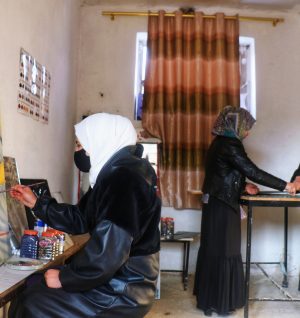
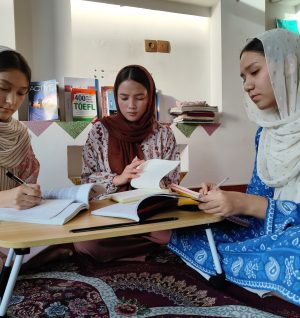
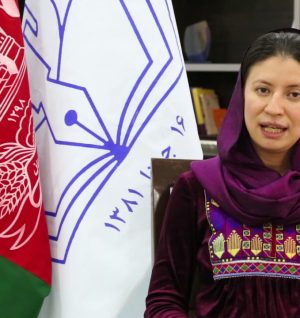
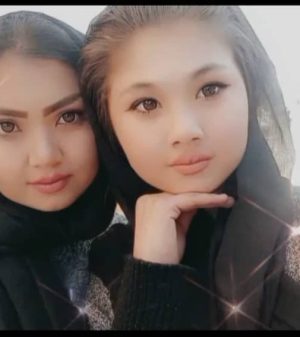
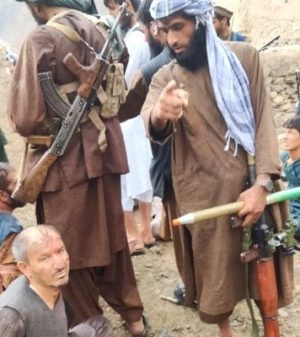
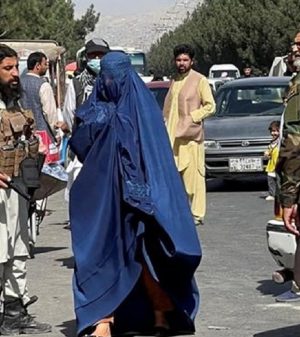
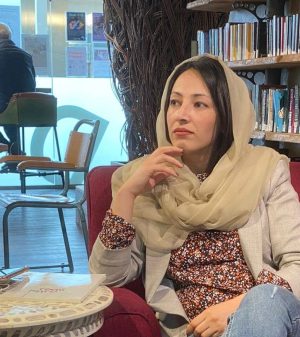
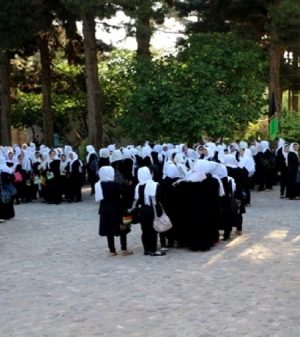
Add Comment